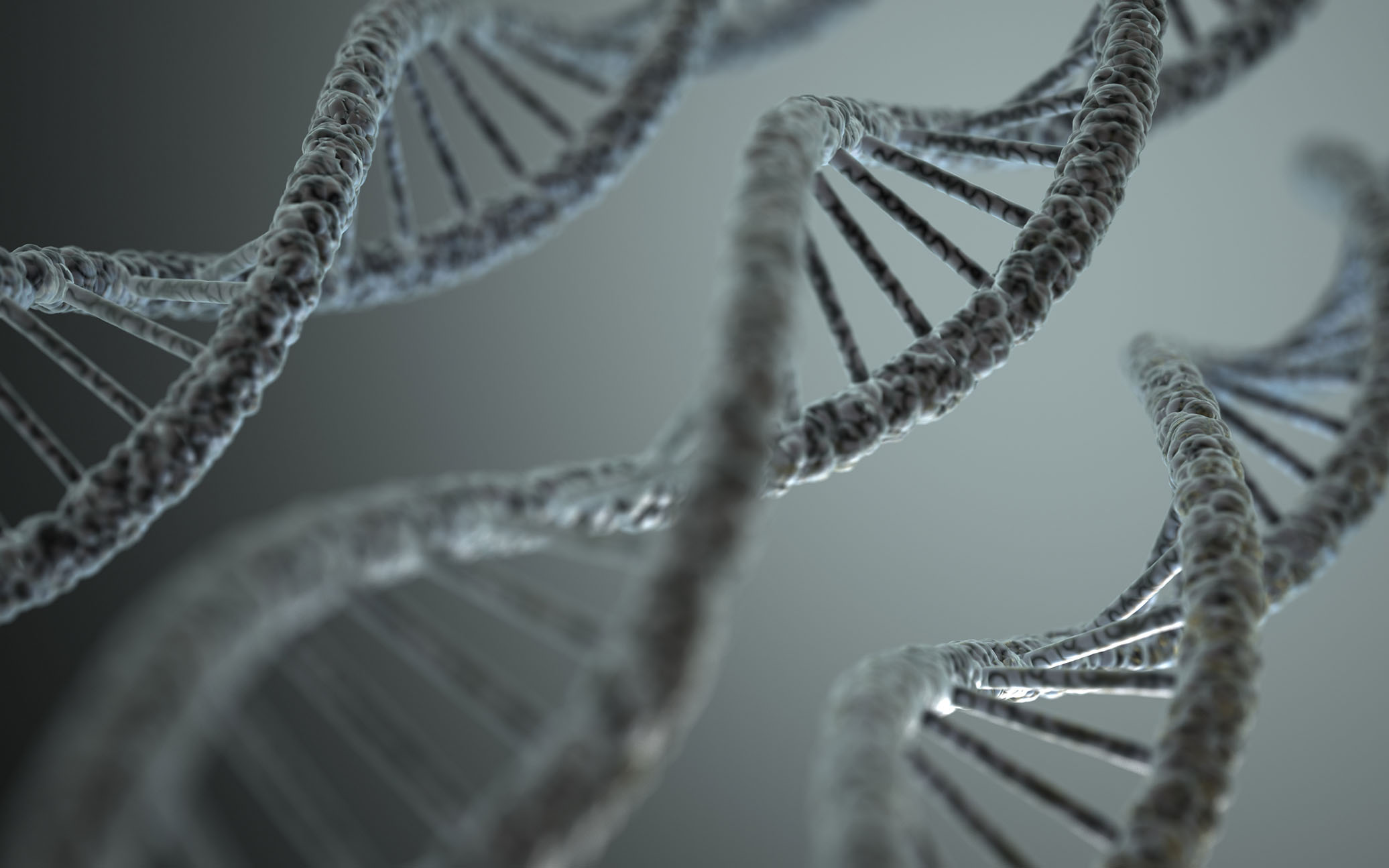Utilizing DNA evaluation, researchers have been in a position to establish stays from a number of individuals with Down syndrome, providing clues to how societies 1000’s of years in the past handled these with the situation. (Dreamstime/TNS)
An expansive evaluation of the DNA from historical stays has revealed instances of Down syndrome from the previous — and probably an archaeological first.
The brand new research, revealed this week within the journal Nature Communications, offered the outcomes from almost 10,000 screenings of historical stays.
Researchers have been trying to find the genetic markers of chromosomal mutations, together with Down syndrome and a rarer variation generally known as Edwards syndrome, discovered on autosomal DNA. They found stays of individuals with “clear genetic proof” of those circumstances have been nonetheless “buried with care,” which is consistent with burial practices for different group members.
Commercial – Proceed Studying Beneath
Down syndrome happens when a genetic mutation causes an additional copy of chromosome 21 to type, leading to bodily and developmental modifications, the research authors stated. Edwards syndrome additionally comes from a genetic mutation, nevertheless it causes three copies of chromosome 18 and extra extreme outcomes than Down syndrome.
First to ‘reliably’ detect instances
“Whereas we anticipated that folks with Down syndrome actually existed up to now, that is the primary time we’ve been in a position to reliably detect instances in historical stays, as they will’t be confidently identified by trying on the skeletal stays alone,” research writer Adam Rohrlach stated within the assertion.
The analysis staff used a kind of statistical evaluation, generally known as the Bayesian method, to check the autosomal DNA of 9,855 stays spanning millennia throughout Earth, the research stated.
They first used the mannequin to check the 5,000-year-old stays of an toddler present in Eire that was suspected to have Down syndrome, in line with the research, and information confirmed the case.
“The statistical mannequin identifies when a person has roughly 50% an excessive amount of DNA that comes from one particular chromosome,” research writer and lead researcher for the Spanish websites, Patxuka de-Miguel-Ibáñez, stated.
After working 1000’s of DNA samples by way of the mannequin, they discovered seven stays that had anomalies, the research stated.
“We screened DNA extracted from human stays from the Mesolithic, Neolithic, Bronze and Iron Ages all the best way as much as the mid-1800’s,” Rohrlach stated.
Researchers positively recognized six instances of Down syndrome within the historical stays, and one case of Edwards syndrome, the primary identification of its form, in line with the research.
‘Buried with care’
The primary case of Down syndrome, a 6-month-old feminine, lived between 2898 and 2700 B.C. in a province of Southern Bulgaria, the research stated. She was discovered buried in a “ceramic vessel” beneath the ground of an Early Bronze Age residence.
One other child woman, between 12 and 16 months outdated, was discovered buried in a bit of yard belonging to a house on the island of Aegina, Greece, and lived between 1398 and 1221 B.C., the research stated. She was discovered with a necklace of beads in lots of colours and sizes.
Three different infants, who probably died shortly after start, have been discovered at an Early Iron Age burial web site in Navarra, Spain, and lived between 801 and 400 B.C., the research stated. They have been buried with “wealthy grave items, together with bronze rings, a Mediterranean seashell, and surrounded by the whole stays of three sheep and/or goats,” researchers stated. One toddler was present in what gave the impression to be a adorned fire, probably a part of a burial ritual.
The final case of Down syndrome was present in a church graveyard in Helsinki, Finland, relationship from 1640 to 1790 A.D., researchers stated. The stays have been found in a wood coffin adorned with bronze pins and flowers.
One case of Edwards syndrome was present in an toddler from the Spain web site, in line with the research.
Researchers famous the burials adopted the traditions of their time and the infants have been “buried with care.”
“These people have been buried in line with both the usual practices of their time or have been not directly handled specifically. This means that they have been acknowledged as members of their group and weren’t handled in a different way in demise,” Rohrlach stated.
The skeletal stays alone have been unable to show whether or not the infants present in Spain survived childbirth, research writer Roberto Risch stated, however “they have been among the many infants buried inside houses on the settlement or inside different necessary buildings.”
“We don’t know why this occurred, as most individuals have been cremated throughout this time, nevertheless it seems as in the event that they have been purposefully selecting these infants for particular burials,” Risch stated.
Researchers stated the speed of Down syndrome instances was a lot decrease than what we see at this time, however this may very well be attributed to stillbirths, infants and really younger kids not being buried and preserved as usually as adults in historical occasions. Stillborn infants additionally probably had far more fragile skeletons that may not have survived 1000’s of years of burial, researchers stated.
“Because the (autosomal) DNA document continues to develop, genetic issues with extraordinarily low charges of prevalence will have the ability to be extra incessantly found,” researchers stated. “Built-in with contextual and anthropological information, they afford a perspective into the best way that these issues have been considered and handled in previous communities.”
© 2024 McClatchy Information
Distributed by Tribune Content material Company, LLC
Learn extra tales like this one. Join Incapacity Scoop’s free e mail e-newsletter to get the most recent developmental incapacity information despatched straight to your inbox.


